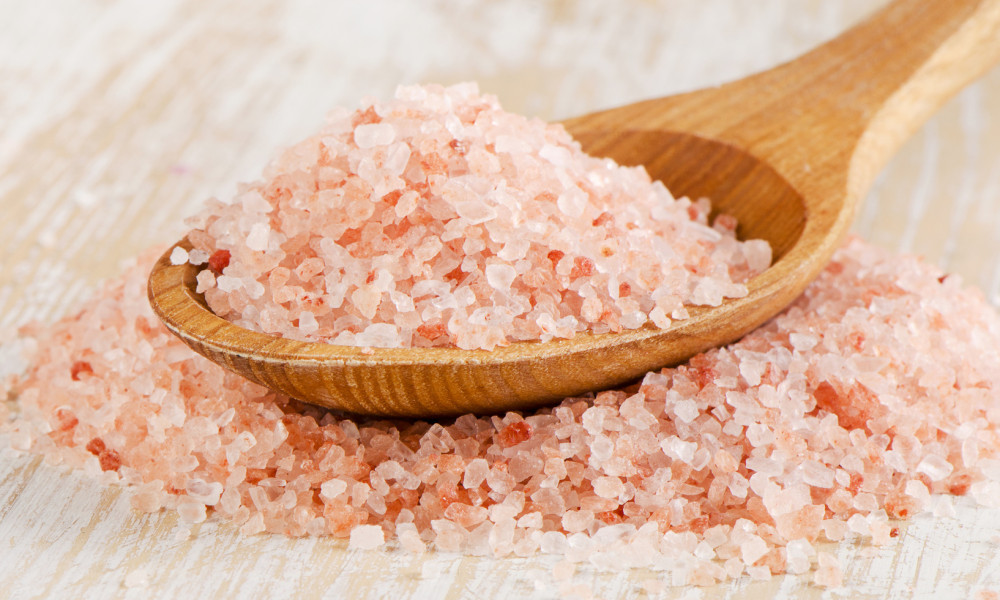
The world of gourmet salts offers an array of choices that goes far beyond the standard table variety. Among these, two that stand out for their unique qualities and potential health benefits are Celtic Sea Salt and Himalayan Pink Salt. If you’ve ever wondered which of these two you should incorporate into your culinary repertoire, this blog post will shed some light on their differences and what each has to offer.
Celtic Sea Salt: A Taste of the Ocean
Harvested from the pristine Atlantic waters off the coast of France, Celtic Sea Salt is unrefined and retains all its natural trace minerals. It’s typically light grey in colour, a result of the mineral-rich clay lining the salt pans where it’s harvested.
The production process involves carefully allowing the sun to evaporate sea water, leaving behind these mineral-rich salts. As a result, Celtic Sea Salt has a lower sodium content than many other salts, but a higher content of minerals like magnesium and potassium.
The culinary world cherishes this salt for its unique briny, almost buttery flavour, which can enhance the taste of any dish, from roasts to desserts. Its slightly moist texture also adds a unique touch to food.
Himalayan Pink Salt: A Himalayan Treasure
On the other hand, Himalayan Pink Salt is mined from ancient seabeds within the Himalayan Mountains. Its pink hue, which can range from almost translucent to deep rose, is due to the presence of iron oxide, or rust.
Himalayan Pink Salt boasts of its impressive mineral content of 84 trace elements including calcium, magnesium, potassium, copper, and iron. These minerals not only contribute to its unique colour, but also add a subtle complexity to its flavour, making it a favourite among gourmet chefs.
In terms of health benefits, many people claim that it can help detoxify the body, balance electrolytes, and improve hydration, although more research is needed to conclusively prove these benefits.
So, Which One to Choose?
The answer to this question largely depends on your personal preference and the intended culinary use. Both salts bring a unique flavour and texture profile, adding a gourmet touch to your meals.
If you prefer a stronger, briny flavour, Celtic Sea Salt may be the best choice for you. On the other hand, if you’re after a subtler, more nuanced flavour and a slightly crunchy texture, Himalayan Pink Salt could be your go-to.
Moreover, if you’re concerned about sodium intake, Celtic Sea Salt, with its lower sodium content, might be the better option. But if a broader range of minerals is what you’re after, Himalayan Pink Salt has a slight edge.
Regardless of your choice, both Celtic Sea Salt and Himalayan Pink Salt can add a dash of luxury to your culinary creations. To truly appreciate their unique characteristics, consider using them as finishing salts, adding them to your dish just before serving to maximise their flavour impact.
Lastly, why not consider expanding your salt repertoire even further? For instance, if you’re looking for something a little different, why not buy lemon salt in Australia? This unique blend can add an unexpected twist to your dishes and is just another example of how diverse and exciting the world of salt can be.
Ultimately, the choice between Celtic Sea Salt and Himalayan Pink Salt is a personal one. Each offers unique characteristics that can enhance your culinary creations in different ways. So why not try both and see which one your taste buds prefer? Bon Appetit!



